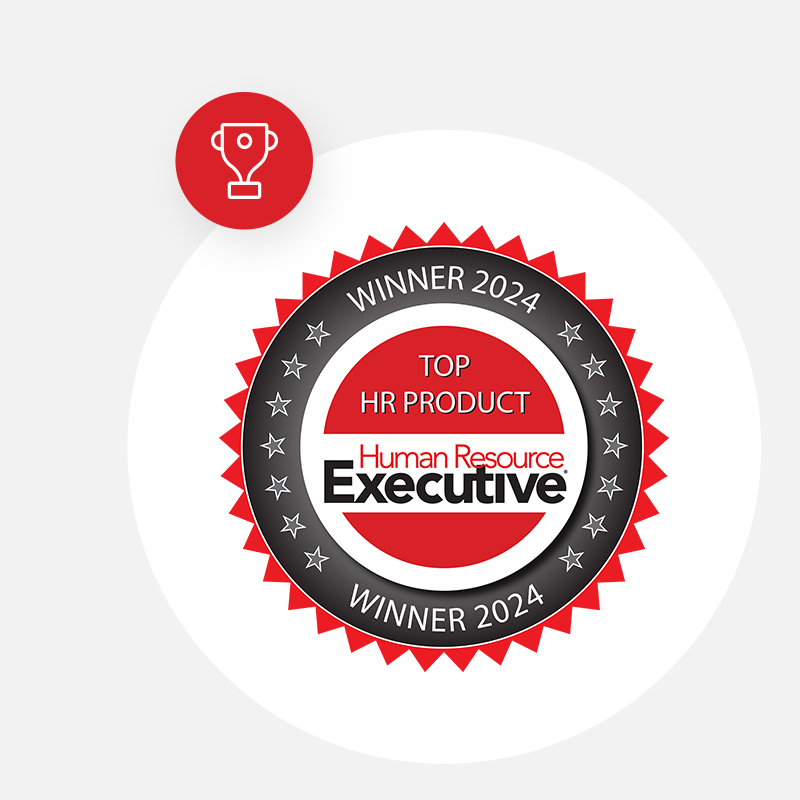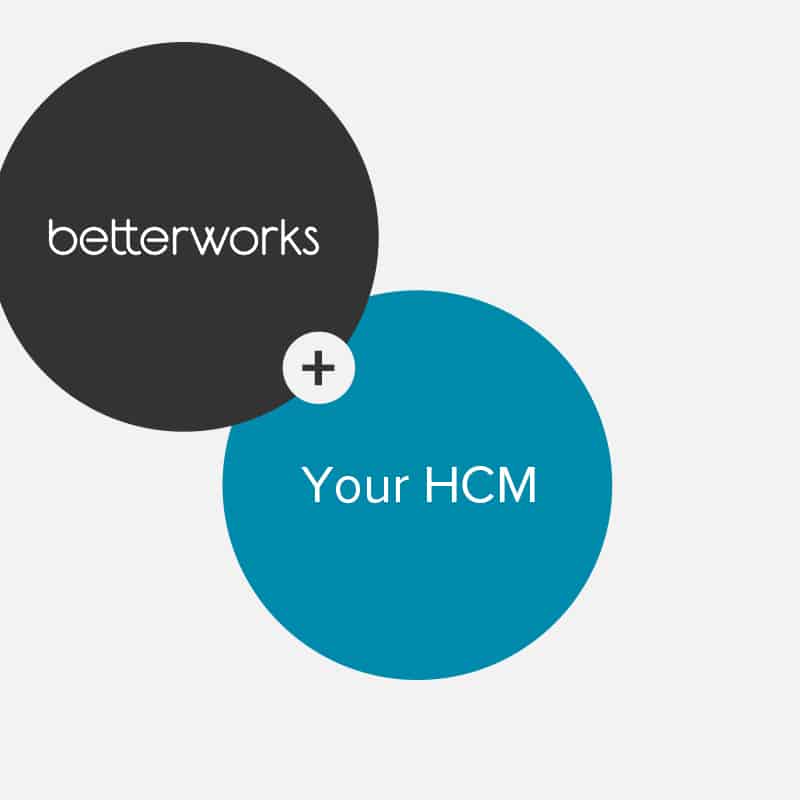Employee engagement software isn’t a narrow niche. It’s as expansive as employee engagement itself, including everything from survey and performance management solutions to employee recognition and communication platforms. But it’s the survey and feedback software that really drives an engagement strategy, allowing an organization to collect essential people data, analyze it, and form targeted action plans.
To build on our previous insights on engagement survey software providers, we now want to zoom in on the eight must-have features that separate the best survey solutions from the others. As you’ll see, the best engagement survey platforms provide HR professionals, managers, and leaders with a mix of convenience, insight, and guidance to help drive engagement within a company.
Engagement Surveys
Naturally, engagement surveys are the heart of any survey solution. They provide a window into what your employees think and feel, identifying issues that could impede productivity, raise turnover, and damage your company culture if left unaddressed. The best engagement survey solutions use targeted questions backed by academic research to reveal how the drivers of engagement function within your organization and workforce.

More importantly, surveys are the most convenient, accurate, and immediate way to measure engagement levels within your people. It would be difficult, maybe even impossible, to develop an engagement gameplan if you don’t understand where you’re starting from. Likewise, surveys will reveal if there’s a misalignment between what management thinks employees care about and what they actually care about.
Pulse Surveys & Polls
A truly comprehensive engagement strategy always evolves. It builds from insights on longer-form surveys, using subsequent pulse surveys and polls to drill further down into specific issues. For instance, if a longer-form survey reveals a communication problem between your finance manager and team, then a short pulse survey between three and five questions – or even a single-question poll – can help you further explore the issue in real-time.
Also, after you’ve created and implemented action plans to address those issues, pulse surveys and polls can help you track your progress with your employee engagement survey software. As we’ve written in the past, improving your employee engagement isn’t a one-and-done type of endeavor. Instead, it continually builds on itself, using previous actionable insights as a guide forward. Pulse surveys and polls are instrumental in this role, allowing you to steer and refine your approach as you go with precise, real-time feedback.
Employee Voice Tools
According to recent research, when employees feel that managers and company leaders hear their voice, they’re 4.6x more likely to perform their best work. That voice empowers people, making them feel as if they’re an integral piece to the overall puzzle, which, of course, they are. Unfortunately, this is a feature that many engagement survey software providers leave out, severely limiting the benefits that a company can realize from a survey solution.

Ideally, you want to choose a provider that emphasizes the employee voice and productive communication right alongside survey questions, polls, and other critical features. If you’re using survey software with these integrated tools, you have access to crowdsourced innovation and diverse perspectives that, if used correctly, can become a distinct competitive edge.
Action Plans
Action plans convert the potential energy of employee feedback data and analysis into the kinetic energy of progress and action. We’ve previously written about the importance of action planning, even providing some key best practices to help the process. But from a more mechanical perspective, while many survey providers integrate some form of action planning into their platforms, there are a few critical features that separate the best ones.

First and foremost, you need tools that simplify action planning. For companies new to engagement strategies, it can often feel overwhelming for Human Resources after an initial survey. They’re left with numerous areas for improvement but no clear best path forward. Therefore, the better engagement survey solutions can suggest action plans at the mere click of a button, populating the plan with a proven course of action or, alternatively, easily helping you establish a customized one.
Survey Templates
Much like action planning, organizations just beginning their engagement journey can find the seemingly simple task of writing survey questions a daunting task. Note our use of the word seemingly; survey questions might seem straightforward at first glance, but there’s definitely a science behind well-constructed, precisely-worded questions.

Further, assuming a solution is capable of quickly and accurately analyzing open-ended questions for sentiment analysis, there’s also the matter of mixing the ideal number of Likert scale questions with open-ended ones. The point is, a significant amount of effort and attention goes into creating insightful questions for your survey goals. Solutions that have built-in question templates can provide almost immeasurable benefit in this regard. They allow you to use academically-researched, perfectly-worded questions that are clear, concise, and drive the nuanced insights you need to maintain an accurate pulse on your people.
Benchmarking
Employee engagement is fluid. It doesn’t exist in a vacuum. As you begin and continue an engagement strategy, it’s crucial that you understand both the progress you’re making as well as how you compare to similar organizations in your industry. Although engagement survey software providers tend to label each of these abilities as “benchmarking,” they’re usually based on entirely different tools within the solution. So which one should you look for from a software provider? Both.
From an engagement initiative perspective, benchmarking establishes a base for you to work from, usually an initial baseline survey. From there, you can gauge the progress you make against your set goals with follow-up employee pulse surveys and polls. Likewise, benchmarking against other companies will give you an accurate bearing on where you are in your engagement strategy and where you need to be. For instance, you might make significant inroads in a particular engagement driver but still fall short of the industry benchmark. In that case, while it’s great that you’re on the right track, you still have a ways to go before catching up to your competition.
Analytics
Robust analytics is one of the biggest difference-makers amongst the many survey software providers. The better analytics platforms can take your survey results and segment them by virtually any business group, affinity, or demographic – tenure, office location, department, and salary levels, to name just a few. This allows HR departments, managers, and leaders to uncover granular trends, pain points, and red flags that might otherwise stay hidden beneath a cover of uncategorized data.
Analytics with integrated natural language processing (NLP) and machine learning capabilities will also let you quickly and accurately analyze open-ended questions. In the hands of a less-capable survey platform that lacks these abilities, interpreting the subtle cues embedded in human emotion requires immense amounts of time, effort, and resources from HR. Analytics is the magnet that lets you quickly find the needle in the engagement haystack.
Lifecycle Surveys
The employee experience changes over an individual worker’s journey within an organization. The needs and expectations of a new hire in the middle of onboarding are different than someone that’s been with a company for a few years or nearing retirement. That means that your engagement survey solution must be agile enough to flex to those varying needs.
Also, while they all might fall under the broad umbrella of “engagement surveys,” a solution should be able to integrate more targeted surveys – onboarding, employee satisfaction, exit, diversity & inclusion, learning & development, and more – using the appropriate set of questions and analytics to segment the resulting data.
Aren’t all of these features a lot to ask of a single engagement survey tool? Yes, indeed. But it’s difficult to overstate the importance of engaged employees to nearly every facet of your company and operations. Afterall, highly engaged employees are nearly 20% more productive than their peers. So use these insights, along with our comparison of the best employee engagement survey software, to find the ideal solution for your company’s specific needs and goals.









